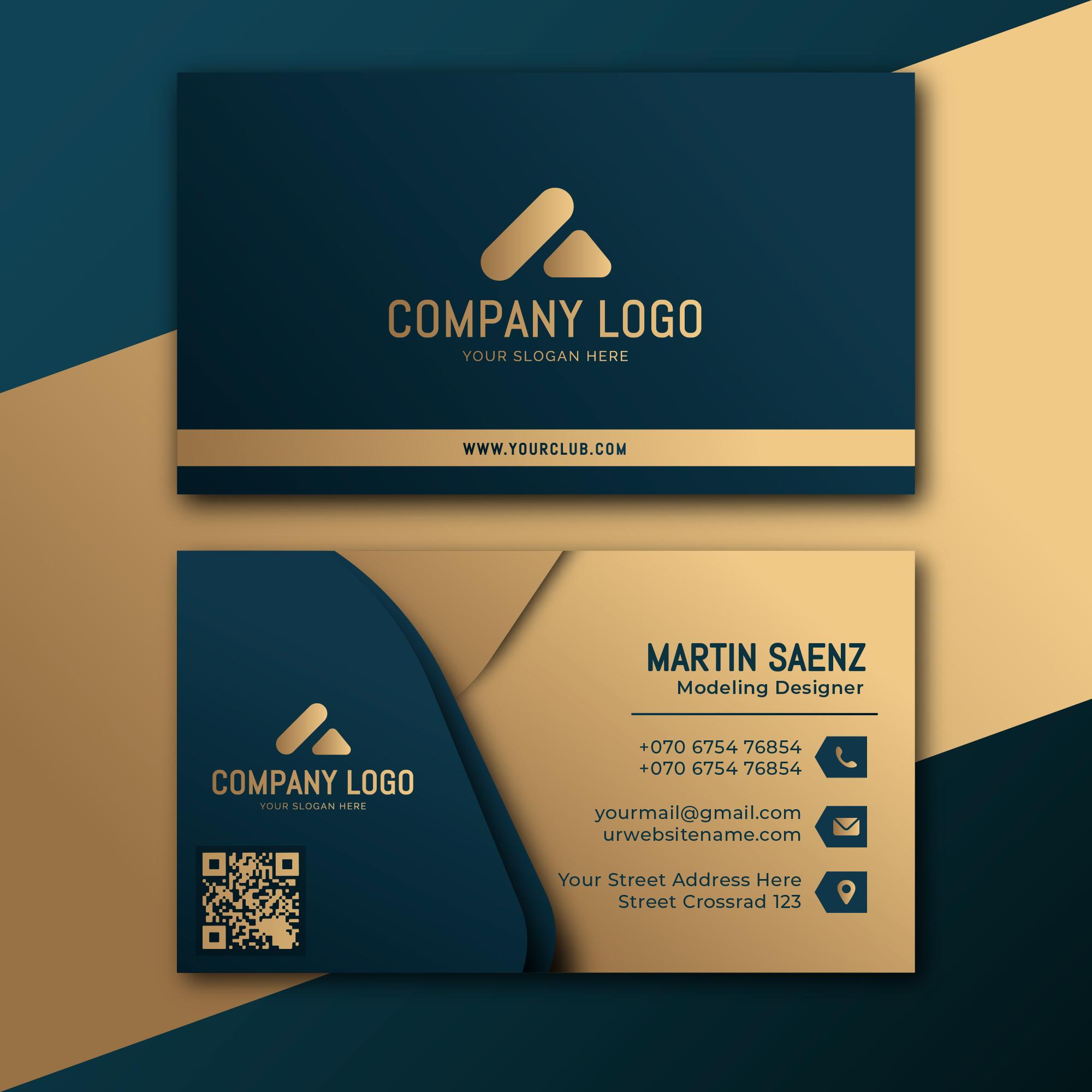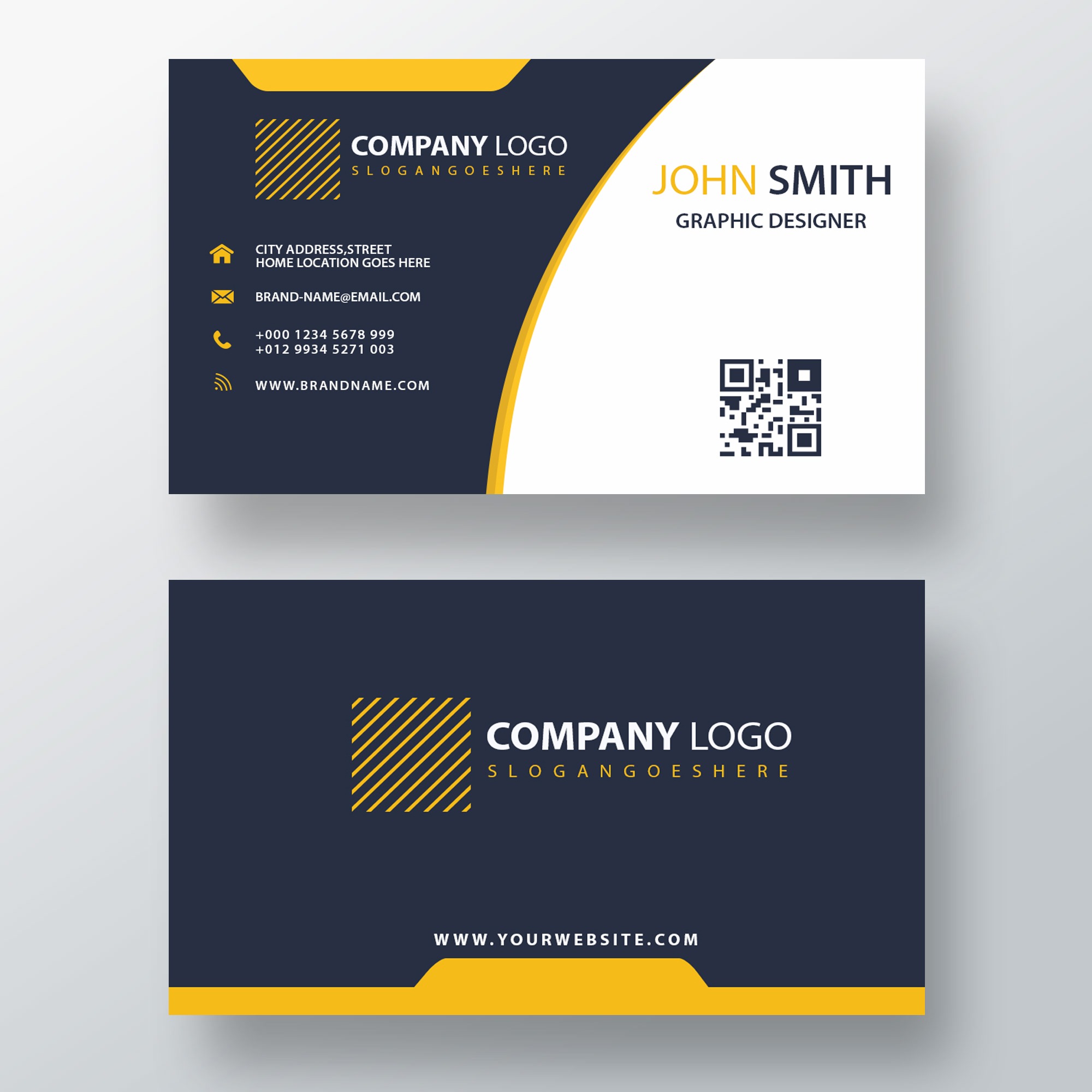In today’s fast-paced business world, first impressions matter more than ever. One of the most powerful tools to create a lasting impression is a well-designed name card. A name card, often referred to as a business card, is a compact yet impactful representation of your brand, profession, and personality. In this ultimate guide, we’ll walk you through the essential elements and best practices for designing effective name cards that leave a memorable mark.
Why Name Cards Still Matter
Despite the digital age, name cards remain a crucial networking tool. They are tangible, personal, and provide a direct way to share contact information. A well-crafted name card can convey professionalism, creativity, and attention to detail. It’s not just a card; it’s a mini portfolio that reflects your brand’s identity.
Key Elements of an Effective Name Card
-
Clear and Concise Information
- Name and Title: Your name and professional title should be prominent. Ensure the font is readable and appropriately sized.
- Contact Details: Include essential contact information such as phone number, email address, and physical address if relevant. Consider adding your LinkedIn profile or other social media handles if they are professional.
- Company Logo: Your company’s logo should be clearly displayed. It helps in brand recognition and adds a professional touch.
-
Quality Materials
- Paper Stock: Invest in high-quality paper stock. Thicker cards tend to feel more premium and durable.
- Finish: Consider finishes like matte, gloss, or textured to add a unique touch. A special finish can make your card stand out.
-
Design and Layout
- Color Scheme: Use colors that align with your brand’s identity. Avoid overly bright or clashing colors that can be hard on the eyes.
- Typography: Choose fonts that are professional and easy to read. Stick to one or two fonts to keep the design clean and cohesive.
- White Space: Don’t overcrowd your card with too much information. White space helps in making the card look organized and readable.
-
Creative Elements
- Unique Shapes: While the standard rectangular shape is common, experimenting with unique shapes can make your card memorable. Just ensure it remains practical for storage in standard wallets or cardholders.
- Visual Elements: Incorporate visual elements like icons or patterns that are subtle yet distinctive. These elements should complement your overall design without overwhelming the core information.
Best Practices for Name Card Design
-
Keep It Simple:
- Simplicity is key. Focus on the essential information and avoid clutter. A clean and straightforward design often leaves the best impression.
-
Ensure Readability:
- Prioritize legibility. Use fonts that are easy to read at a glance. Avoid overly decorative fonts for key information.
-
Align with Brand Identity:
- Your name card should be an extension of your brand. Use consistent branding elements such as colors, logos, and typography that reflect your company’s image.
-
Use Both Sides:
- Don’t shy away from utilizing both sides of the card. One side can be dedicated to your contact details and the other for your logo or a brief tagline.
-
Add a Call to Action:
- Consider adding a call to action, like a special offer, a QR code linking to your website, or an invitation to connect on social media.
-
Proofread:
- Double-check all the information for accuracy. Typos or incorrect details can reflect poorly on your professionalism.
Innovative Trends in Name Card Design
-
Eco-Friendly Materials:
- Sustainable materials are gaining popularity. Using recycled paper or biodegradable materials can showcase your commitment to the environment.
-
Augmented Reality:
- Some businesses are incorporating AR elements in their name cards. When scanned with a smartphone, these cards can display interactive content or direct the user to a website.
-
Minimalist Design:
- Minimalism continues to be a strong trend. Clean lines, ample white space, and a focus on essential information can create a modern and sophisticated look.
Conclusion
Designing an effective name card is an art that combines clarity, creativity, and functionality. By focusing on the essential elements and following best practices, you can create a name card that not only communicates your contact information but also leaves a lasting impression. Remember, your name card is often the first piece of your brand that potential clients or partners will see, so make it count.
Invest time and resources into designing a name card that reflects your brand’s identity, values, and professionalism. With the right design, your name card can become a powerful tool in your networking arsenal, helping you make meaningful connections and grow your business.


